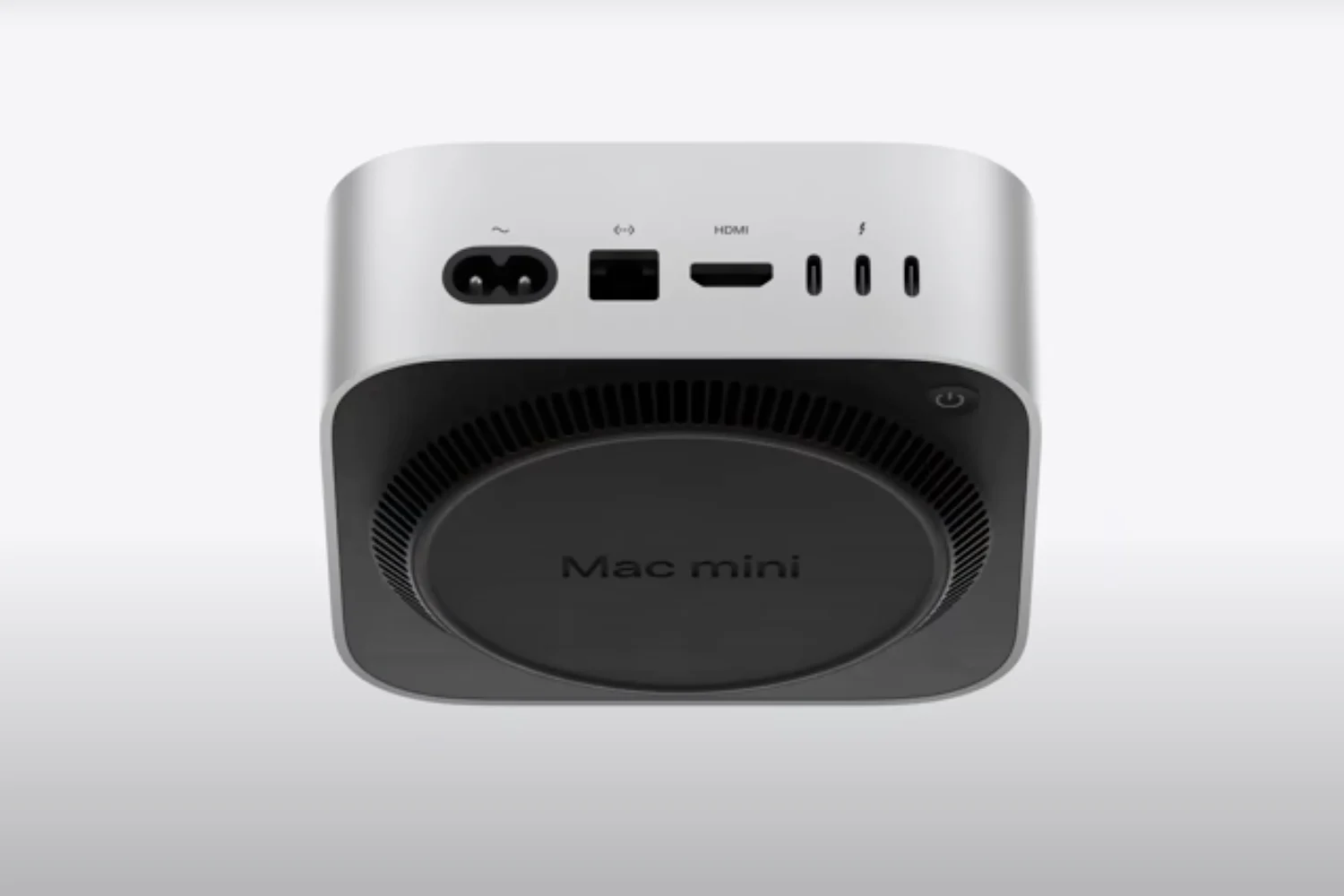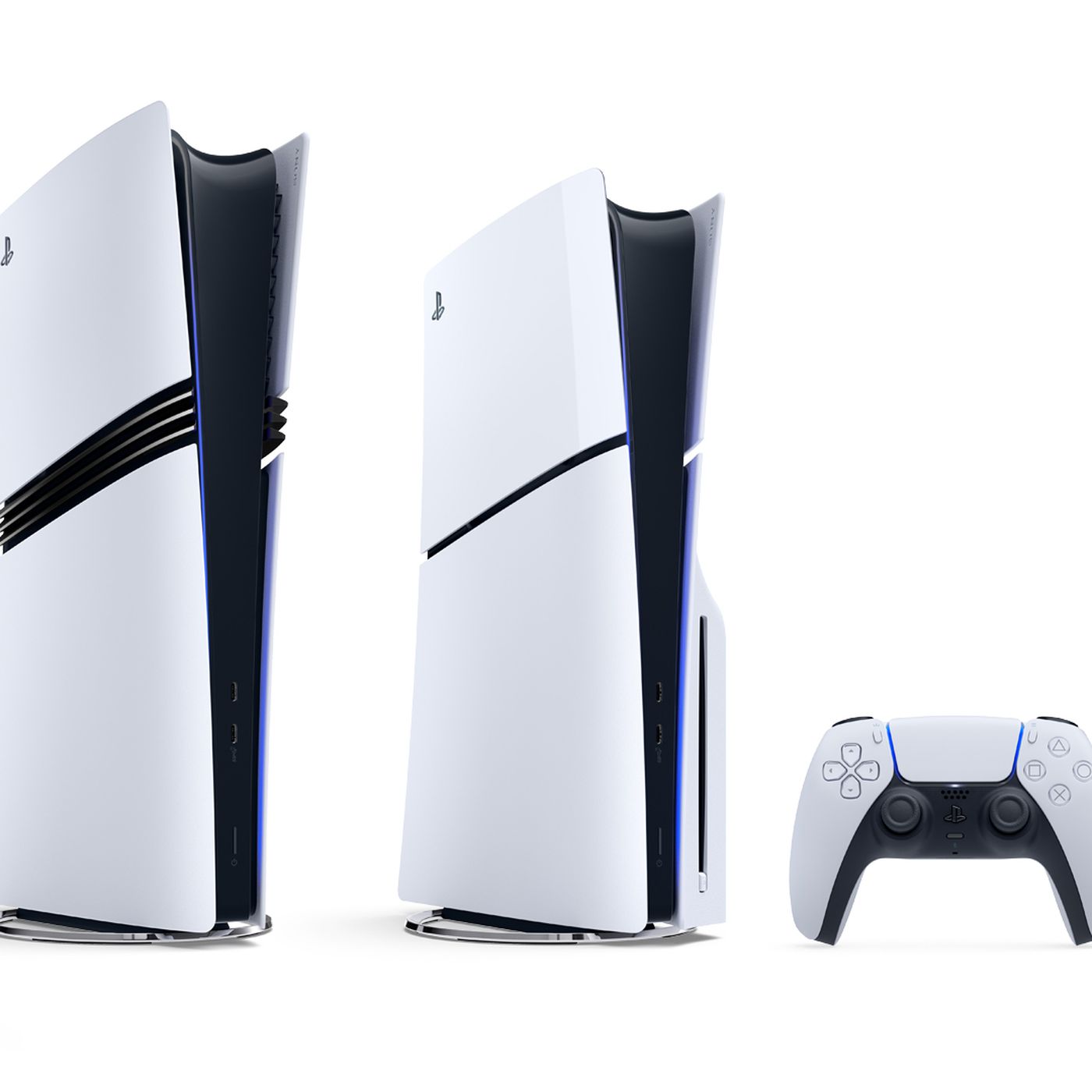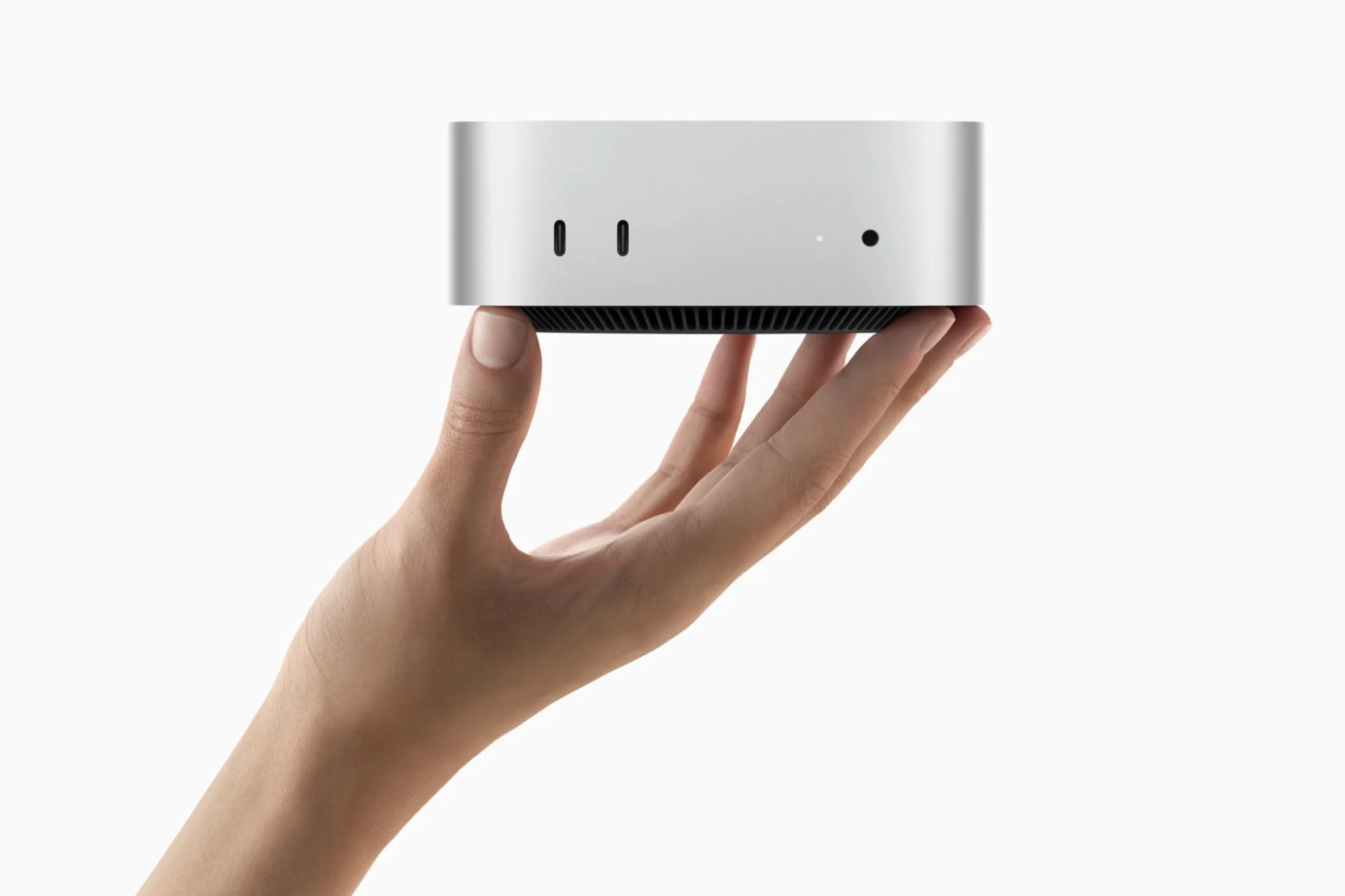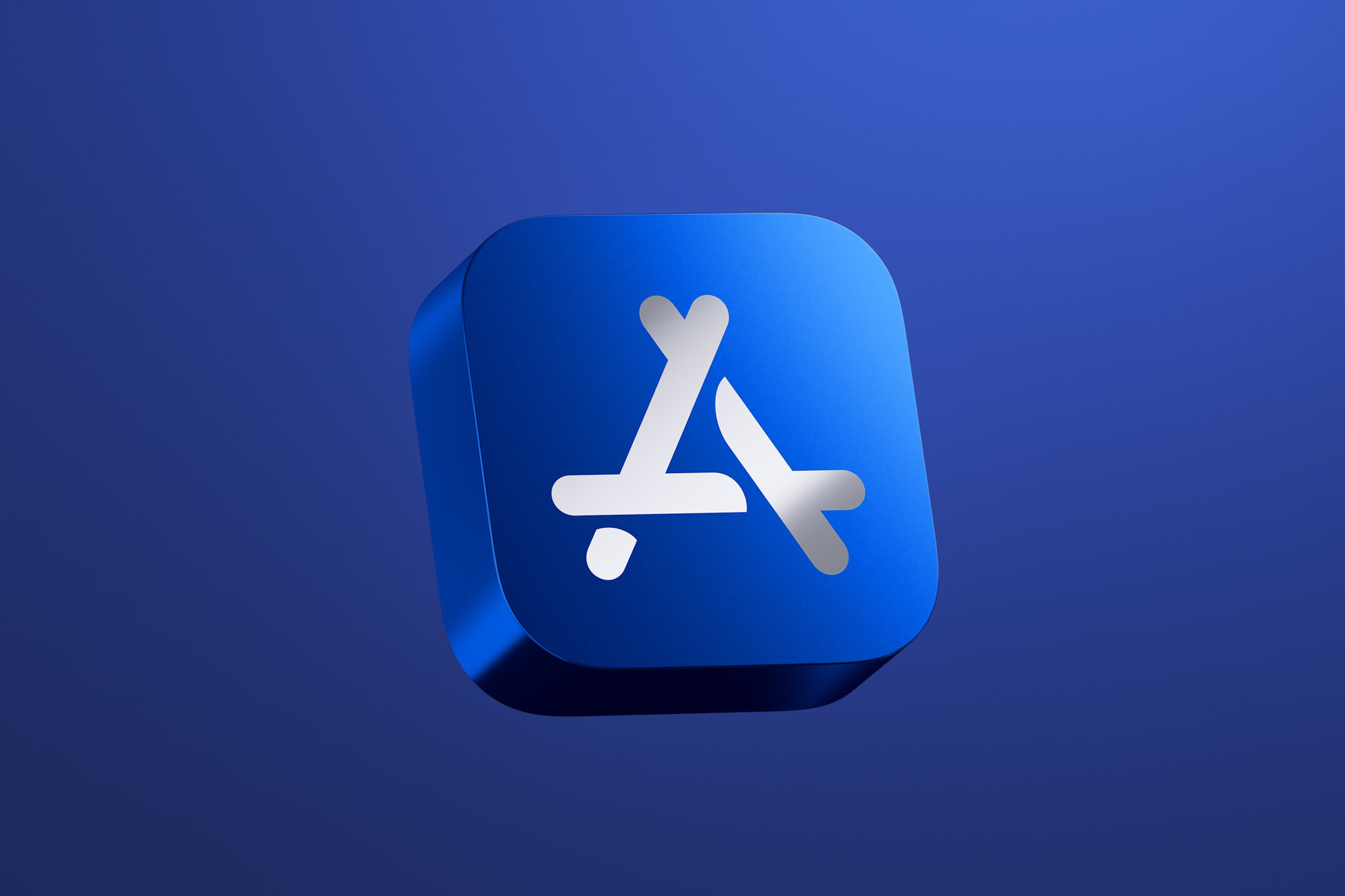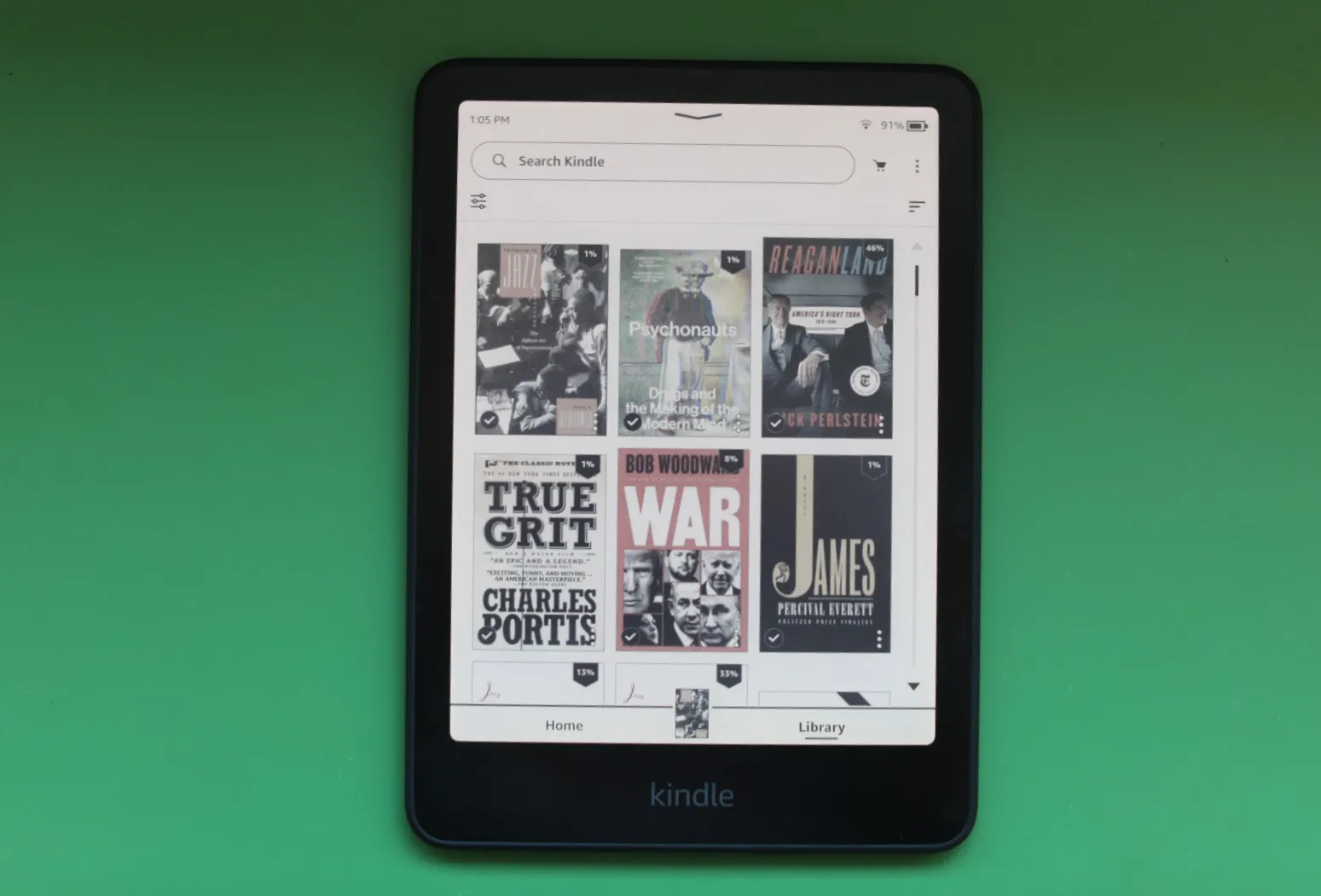The Mac Mini has long been the dark horse of the Apple lineup. A small, unassuming box that packs a surprising punch, it’s often overlooked amidst the flashier iMacs and MacBooks. But with the 2024 refresh, Apple may have finally perfected the formula. This year’s Mini boasts a radical redesign, the powerful M4 chip, and a starting price that undercuts the competition. But is it truly flawless? Let’s dive in.
Design: Small Wonder
The first thing you’ll notice about the 2024 Mac Mini is its size. Or rather, lack thereof. It’s incredibly compact, measuring just 5 inches square and 2 inches tall. This makes it smaller than almost any other desktop computer on the market, and it can easily fit on even the most cramped desks.
Apple achieved this miniaturization by completely redesigning the Mini’s chassis. Gone is the aluminum unibody construction of previous models. Instead, the 2024 Mini features a sleek new design with a plastic top and an aluminum base. This not only helps reduce the size and weight but also gives the Mini a more modern look.
But this new design isn’t without its quirks. The power button has been moved to the bottom of the device, which can be a bit awkward to reach. And while the plastic top looks nice, it’s a fingerprint magnet.
Performance: Mightier Than Ever
The 2024 Mac Mini is powered by Apple’s latest M4 chip, and it’s a beast. In my testing, the Mini handled everything I threw at it with ease, from browsing the web and editing photos to compiling code and running demanding games.
The M4 chip is a significant upgrade over the previous generation M2. It offers faster CPU and GPU performance, improved power efficiency, and a dedicated media engine that can handle 8K video playback. This makes the Mini a great choice for content creators and video editors.
To put things into perspective, the M4 chip in the Mac Mini outperforms many high-end laptops and even some desktop computers. In Geekbench 5 benchmarks, the Mini scored over 3600 in single-core performance and over 21,000 in multi-core performance. These are impressive numbers for a machine this small and affordable.
Connectivity: A Port in Every Storm
The Mac Mini offers a decent selection of ports, including:
- Two Thunderbolt 5 ports: These versatile ports can be used for connecting external displays, high-speed storage devices, and other peripherals.
- Two USB-C ports: These ports can be used for connecting a variety of devices, including iPhones, iPads, and external hard drives.
- HDMI port: For connecting to a TV or external monitor.
- Gigabit Ethernet port: For a wired network connection.
- Headphone jack: For connecting headphones or speakers.
One notable omission is the lack of USB-A ports. This means you’ll need an adapter if you want to connect older peripherals.
Software: macOS Ventura at its Best
The Mac Mini comes pre-installed with macOS Ventura, the latest version of Apple’s desktop operating system. Ventura brings a number of new features and improvements to the Mac, including Stage Manager, a new way to organize your windows; Continuity Camera, which lets you use your iPhone as a webcam; and improved gaming performance.
macOS Ventura is a joy to use, and it’s perfectly optimized for the M4 chip. The operating system is fast, fluid, and responsive, and it offers a wide range of apps and features for both work and play.
Price and Value: Bang for Your Buck
The 2024 Mac Mini starts at $599 for the base model, which comes with 8GB of RAM and 256GB of storage. This is a very competitive price, especially considering the Mini’s performance and features.
You can also configure the Mini with more RAM and storage. The top-of-the-line model comes with 32GB of RAM and 8TB of storage, but it will set you back a hefty $4,499.
Overall, the Mac Mini offers excellent value for money. It’s a powerful and versatile machine that can handle a wide range of tasks. And with its compact size and affordable price, it’s a great option for anyone looking for a new desktop computer.
Personal Experience: My Daily Driver
I’ve been using the 2024 Mac Mini as my main computer for the past few weeks, and I’ve been thoroughly impressed. It’s incredibly fast and responsive, and it handles everything I throw at it with ease.
I use the Mini for a variety of tasks, including writing, coding, editing photos, and watching videos. The Mini has never let me down. It’s always fast and responsive, and it can handle even the most demanding tasks.
I also appreciate the Mini’s compact size. It takes up very little space on my desk, and it’s easy to move around if I need to.
The only thing I don’t like about the Mini is the lack of USB-A ports. I have a few older peripherals that I need to use with an adapter.
Is it Flawless? Almost.
The 2024 Mac Mini is a fantastic computer. It’s small, powerful, and affordable. It’s almost perfect.
But there are a few minor flaws. The power button is awkwardly placed, the plastic top is a fingerprint magnet, and there are no USB-A ports.
Despite these minor flaws, the Mac Mini is still an excellent computer. It’s a great choice for anyone looking for a powerful and versatile machine that doesn’t take up a lot of space.
